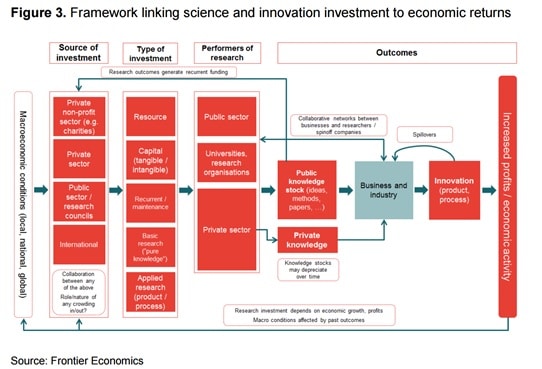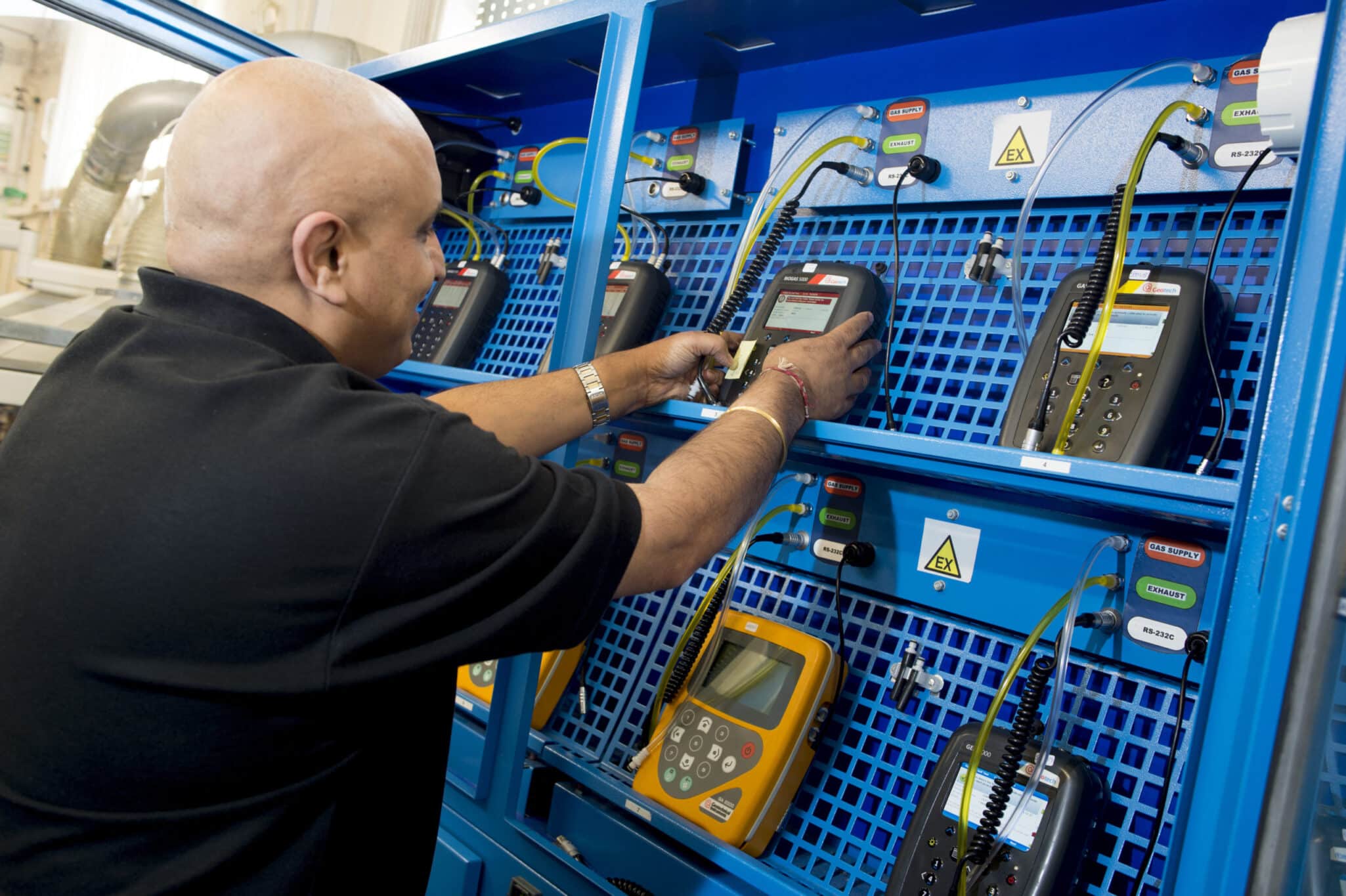A pioneer in sustainable technology, Bennamann chose the World Biogas Expo 2025 to launch onto…
Where can you find a 30% returns on investment (ROI)? Research and Innovation.
As in all industries, research and innovation (R&I) is essential to the long-term success of each business in the anaerobic digestion industry, as well as to the industry as a whole.
Many businesses in the AD industry are in competition with one another. And as an industry we are competing with other industries to be prioritised by government and by customers such as local councils and businesses.
So what will lead to one business or industry succeeding or failing?
A government report gives us a good insight.
The report states that:
“Drawing on production function methods, the existing literature tends to estimate private rates of return to R&D investments of around 30% (mean) or 20 to 25% (median).”
As well as:
“…case study evidence suggests that links to academia are increasingly seen as an important complement to the in-house knowledge of industry in strategic sectors of the UK economy… “proximity to science is important”.
There is therefore a real incentive for all firms, industries and government in investing in science and innovation.
The following diagram outlines how this is said to work:

Many AD operators and technology providers conduct significant applied research. We are also reliant on the universities to conduct basic research on areas such as genomics, which may bring longer term breakthroughs for the industry (as well as short-term banks of expertise).
Many AD operators and technology providers conduct significant applied research. We are also reliant on the universities to conduct basic research on areas such as genomics, which may bring longer term breakthroughs for the industry (as well as short-term banks of expertise).
An example of this applied research might be the development of new products at Geotech. I was invited to visit the Geotech research and development facility in February and heard a presentation on the development process of new fixed and portable biogas monitoring equipment. New products take years of development and lots of money. Testing is a significant part of this. Bringing together developments in science to produce new products requires months of testing to ensure the product is fit for purpose. The result is a bringing together of all the latest scientific knowledge, from wherever that knowledge came from, into a product ready for the market.
Geotech research and development facility:

What is clearly needed for each company in the AD industry is an understanding of all the latest scientific knowledge. That knowledge may come from unexpected places: the anaerobic digestion industry is a combination of microbiology, thermodynamics, materials science, gas chemistry, rheology, agricultural science and finance and commerce to name a few. It is therefore only through looking at innovations in an interdisciplinary manner that knowledge can be advanced and an advantage over the competition gained.
With all the latest knowledge in place, companies and researchers can then work either together or on their own to use that knowledge to improve productivity and create new products.
We hold the Research and Innovation (R&I) Forum each year to bring the various disciplines working in AD together to improve the profitability of AD operators and technology manufacturers, as well as to have a debate on what the research priorities are for the industry.
So I’m really looking forward to our 2016 R&I Forum, at which we aim to bring researchers, industry and the public sector together again to kick-start a few 30% ROI projects.
But how much investment in research and innovation is required?
Clearly companies need to make decisions about how much money to invest in research and innovation, including keeping up-to-date with the latest scientific advances and investing in research themselves.
A useful guide is to consider that the manufacturing companies in the UK’s FTSE 100 have been spending about 4.92% of their turnover on R&I. More details on this can be found here. This equates to a large AD plant operator spending approximately £125k per plant on research. This might sound like a lot when income is falling and the cost of complying with regulation is high, but those seeking to be successful in the industry long-term will be making this investment now.
